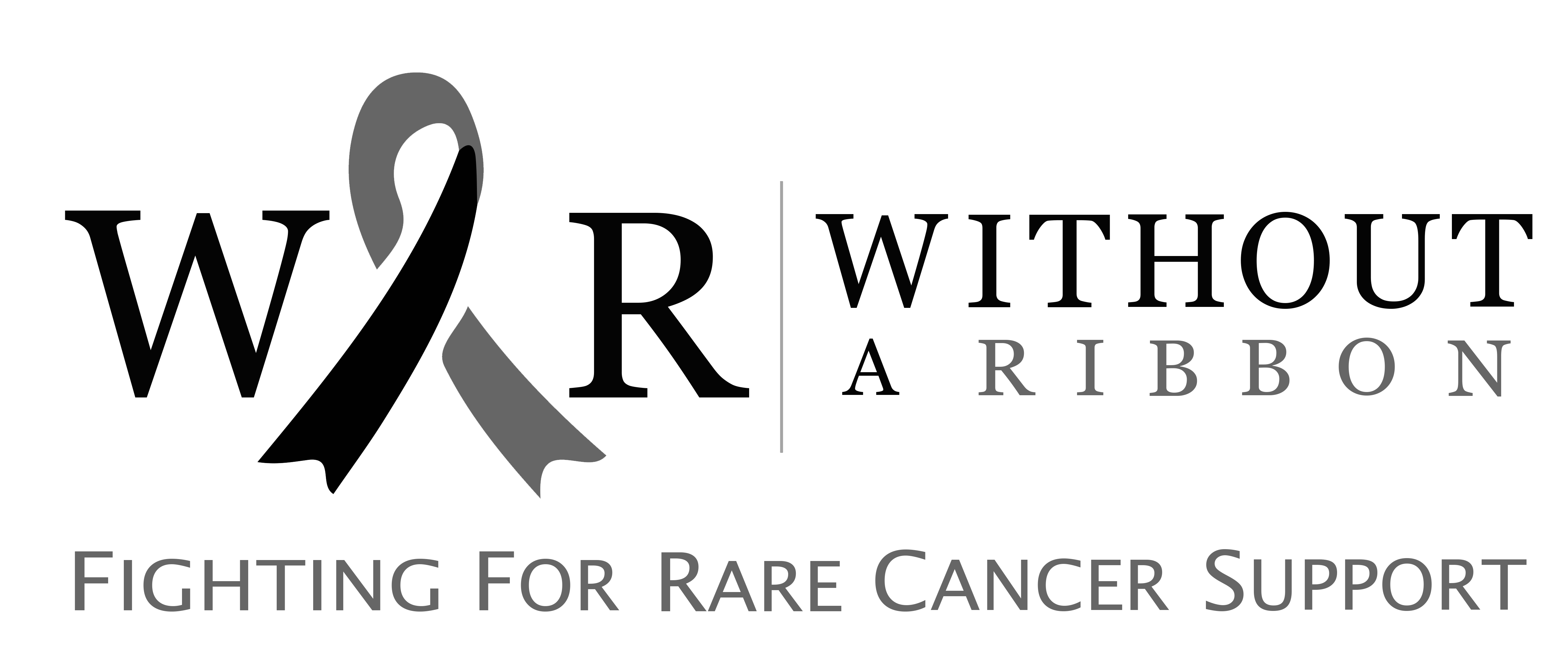What is Diffuse Leptomeningeal Glioneuronal Tumour (DLGNT)?
Diffuse Leptomeningeal Glioneuronal Tumour (DLGNT) is a very rare type of central nervous system tumour. It mostly affects children but can also occur in adults. The tumour spreads along the leptomeninges, which are the thin layers of tissue that cover the brain and spinal cord. Unlike many other brain tumours that form a solid lump or mass, DLGNT spreads like a thin sheet, making it more difficult to detect and treat.
Symptoms
Because it spreads slowly over the surface of the brain or spinal cord, symptoms develop gradually. These may include persistent headaches, nausea, vomiting, difficulty walking, weakness in the arms or legs, and seizures. Some children may also have changes in behaviour, poor school performance, or back pain if the tumour affects the spinal cord.
Diagnosis
To diagnose DLGNT, doctors usually perform MRI scans of the brain and spine, which can show the spread of the tumour. Sometimes, a lumbar puncture (spinal tap) is done to examine the fluid around the brain and spinal cord. A biopsy may also be needed to confirm the diagnosis.
Treatment
Treatment usually involves chemotherapy to slow down or stop the spread of the tumour. Radiation therapy may also be used in some cases, but it is considered carefully in children due to possible long-term side effects. Surgery is not commonly done because the tumour does not form a single mass that can be removed.
Prognosis
The prognosis of DLGNT varies. Some patients do very well and live many years with stable disease, especially if diagnosed early. Others may experience worsening neurological symptoms over time. Regular monitoring with scans and symptom tracking is very important. Although this tumour is rare, new research and treatment options are helping doctors improve outcomes for affected children.
You can help us with your donation:
Without a Ribbon is a charity that works hard to aid those who suffer from rare cancers. You can help our cause in a variety of ways:

